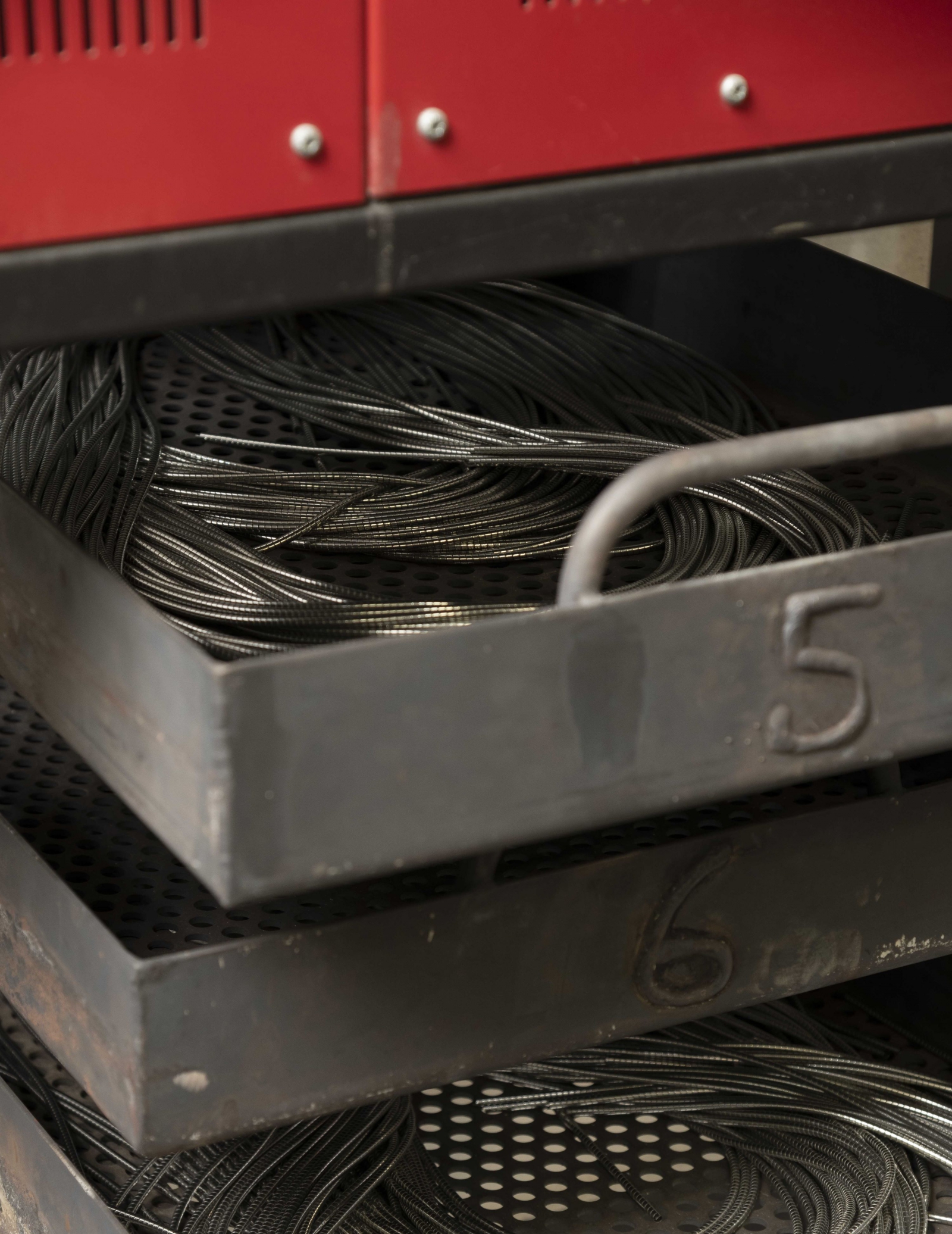Clifford Springs Talks Elevating Your Seal Energising Springs with Heat Treatment

Seal energising springs are integral components in various industries such as oil and gas, aerospace, automotive, and chemical processing. These springs maintain sealing force in dynamic and static conditions, preventing leaks and equipment failure while ensuring safety and efficiency. In this article, we'll explore how heat treatment can optimize spring performance for demanding applications.
The reality is that virtually all springs benefit from some form of heat treatment whether it’s a simple “setting” of the spring geometry, or to enhance the material’s spring properties for higher stress tolerance, corrosion properties and fatigue life.
Heat treatment is a controlled process that involves heating and cooling metallic materials to modify their mechanical properties. This technique enhances characteristics like strength, hardness, and ductility, making it an ideal method for improving seal energising springs. Common heat treatment methods in spring manufacturing include aging, hardening, and stress relieving.
There are several reasons to choose heat treatment for seal energising springs:
- Improved mechanical properties: Heat-treated springs exhibit increased strength, hardness, and fatigue resistance. This allows them to withstand higher loads and stresses without deforming and extends their service life in applications with repetitive loading and unloading.
- Enhanced corrosion and wear resistance: Heat treatment can improve a spring's resistance to corrosion and wear, ensuring longevity in harsh environmental conditions and reducing maintenance requirements.
- Customizability for specific applications: Heat treatment allows manufacturers to tailor the spring's properties to meet the unique requirements of specific applications, ensuring optimal performance.
However, there are a few essential considerations when choosing heat treatment for springs, all of which we will happily talk through with you:
- Partnering with experienced manufacturers to guide you through the heat treatment process, ensuring optimal results and meeting your application needs.
- Selecting the appropriate method to ensure the most suitable heat treatment process is chosen based on material and application requirements.
- Potential drawbacks and limitations: While heat treatment offers numerous benefits, it may not be suitable for all materials or applications. Some materials may be prone to distortion or cracking during heat treatment, necessitating additional processing or alternative methods.
In conclusion, heat treatment is a valuable process that can significantly enhance the performance of seal energising springs. By providing better strength, durability, and resistance to harsh operating conditions, heat-treated springs are an excellent choice for many applications. Partnering with knowledgeable manufacturers, like Clifford Springs, ensures you receive the full benefits of heat treatment, resulting in optimal spring performance and a longer service life.
For support contact graham.fowler@cliffordsprings.co.uk or contact:
|
Tel No: |
01527 62876 |
|
Email: |
|
|
Website: |

| Telephone: | 01527 62876 |
| Email: | sales@cliffordsprings.co.uk |
| Website: | https://www.cliffordsprings.com/ |
| More information on the Clifford Springs Ltd BVAA Member Directory Page |
Search related valve / actuator articles: Clifford Springs LtdIssue 84Springs







-web.jpg)





